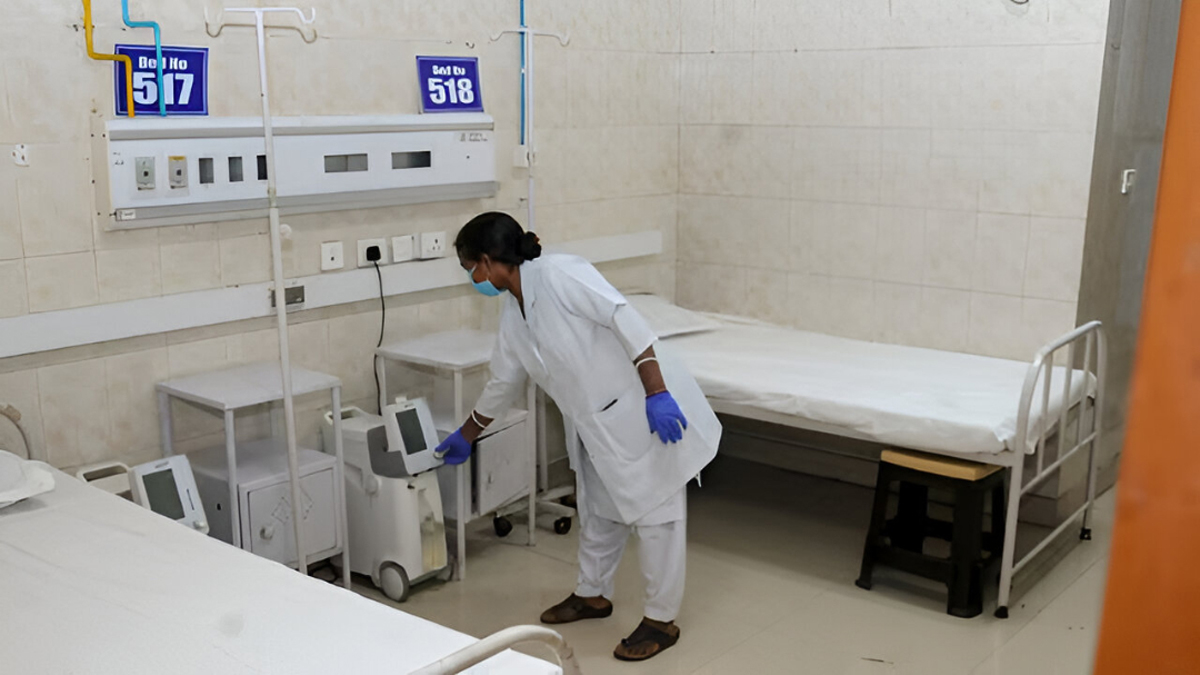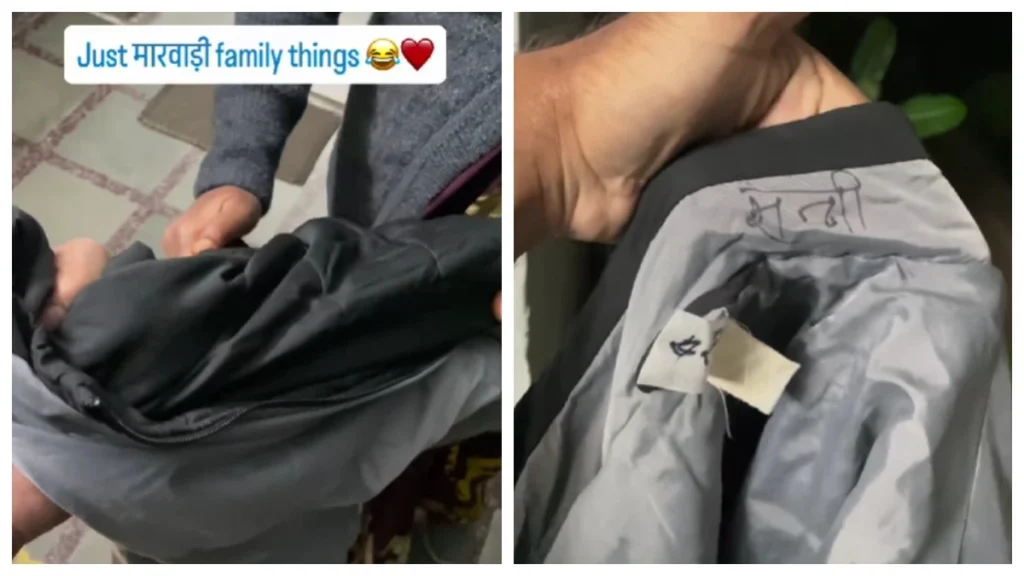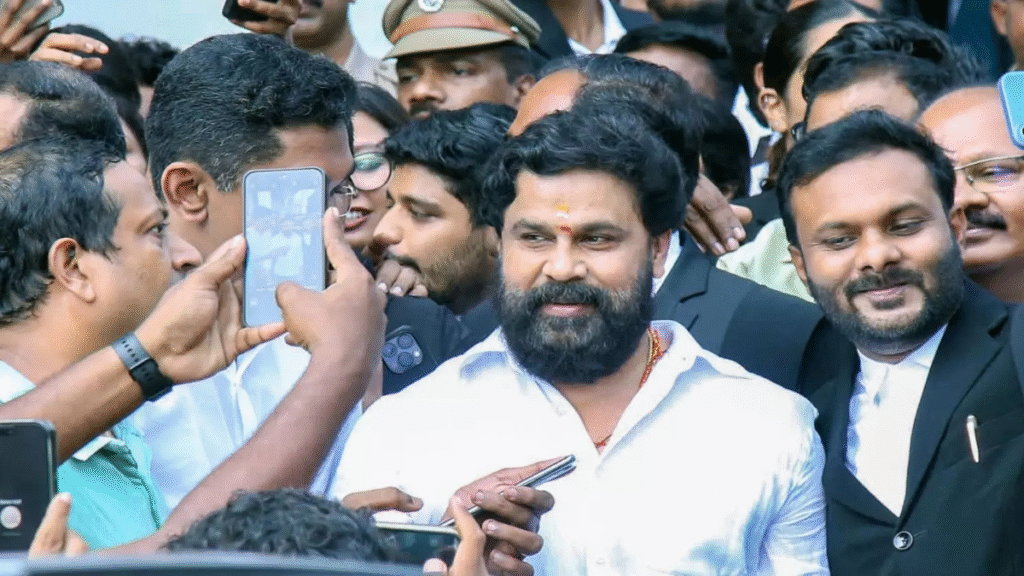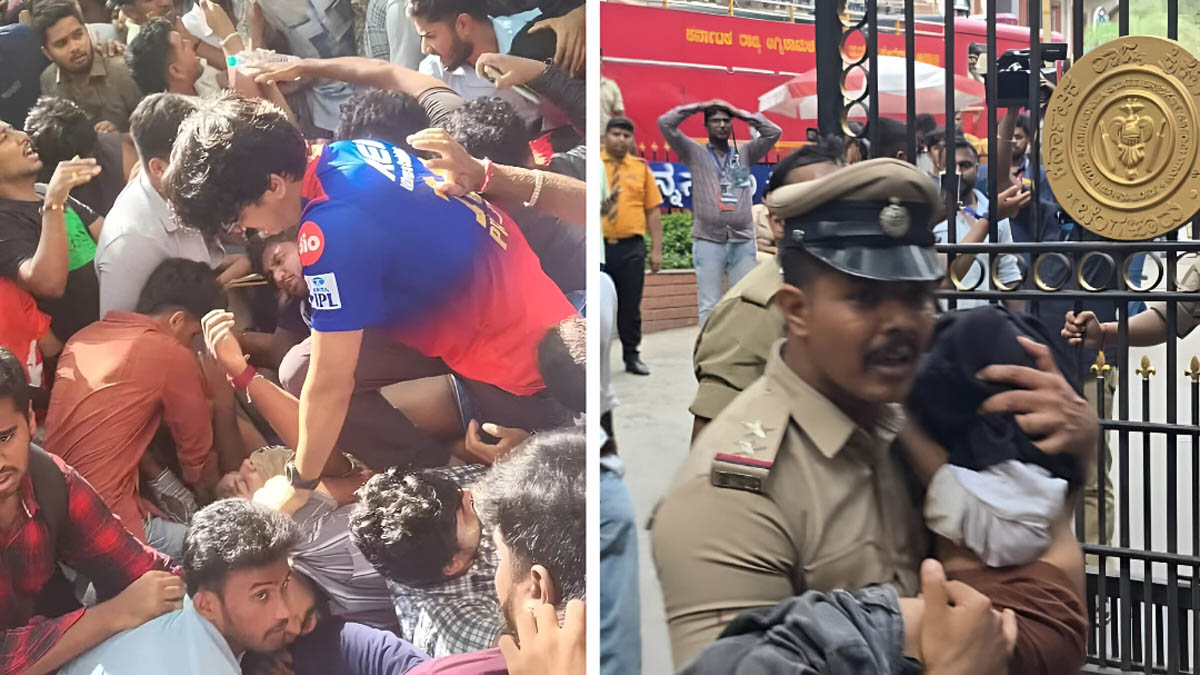Now Reading: India Conducts Nationwide COVID Mock Drill as Active Cases Cross 4,000
-
01
India Conducts Nationwide COVID Mock Drill as Active Cases Cross 4,000
India Conducts Nationwide COVID Mock Drill as Active Cases Cross 4,000

In a proactive move to assess and strengthen the nation’s readiness against the backdrop of a recent uptick in COVID-19 cases, the Union Health Ministry today initiated a nationwide mock drill across hospitals and healthcare facilities. This comprehensive exercise comes as India’s active caseload for the novel coronavirus has breached the 4,000-mark, prompting renewed vigilance and preparedness efforts.
The mock drill, which commenced across various states and Union Territories this morning, aims to meticulously evaluate the operational preparedness of hospitals, including the availability of critical resources and the functionality of essential infrastructure. Health Ministry officials emphasized that the drill would focus on key areas such as oxygen supply systems, including Pressure Swing Adsorption (PSA) plants and Liquid Medical Oxygen (LMO) tanks, along with Medical Gas Pipeline Systems (MGPS) lines. The readiness of isolation beds, the availability and functionality of ventilators, and the stocking of essential medicines are also under stringent review.
This initiative follows a series of high-level technical review meetings chaired by Director General of Health Services (DGHS) Sunita Sharma earlier this week, in response to the gradual increase in COVID-19 infections across the country. States have been specifically instructed to ensure robust availability of all necessary equipment and supplies to effectively manage any potential surge in cases.
According to the latest data from the Ministry of Health and Family Welfare, India currently has over 4,300 active COVID-19 cases. While the majority of these cases are reported to be mild and manageable under home care, the rise in numbers underscores the need for continued caution and preparedness. Worryingly, the country has also reported 44 deaths since January 1, 2025, primarily among individuals with pre-existing comorbidities, highlighting the vulnerability of certain segments of the population.
States like Kerala, Maharashtra, Gujarat, and Delhi have reported a notable number of active cases, prompting their respective health departments to issue revised guidelines and intensify preparedness measures. Hospitals in these regions, and indeed across the nation, are expected to adhere strictly to updated protocols for treating patients exhibiting COVID-19 and influenza-like symptoms. These guidelines emphasize the importance of monitoring “red flag” signs such as breathlessness, chest pain, drowsiness, low blood pressure, and cyanosis in adults, and similar critical indicators in children.
Beyond the logistical checks, the mock drill also serves as a crucial opportunity to reinforce coordination between central and state health authorities, and to ensure that all levels of the healthcare system are aligned in their response strategies. Public health experts reiterate the importance of individual responsibility in containing the spread, urging citizens to maintain good hand hygiene, practice cough etiquette, and avoid crowded spaces if feeling unwell. Individuals experiencing acute respiratory symptoms are advised to self-monitor diligently and seek timely medical attention if their symptoms escalate.
While the current situation does not evoke the scale of previous waves, the government’s swift action in conducting this nationwide mock drill demonstrates a commitment to learning from past experiences and ensuring that the healthcare system remains agile and resilient in the face of evolving public health challenges. The ongoing monitoring of new variants and adherence to global action roadmaps, such as those outlined by the World Health Organization for sustainable management of coronavirus threats, remain paramount in India’s long-term strategy.










